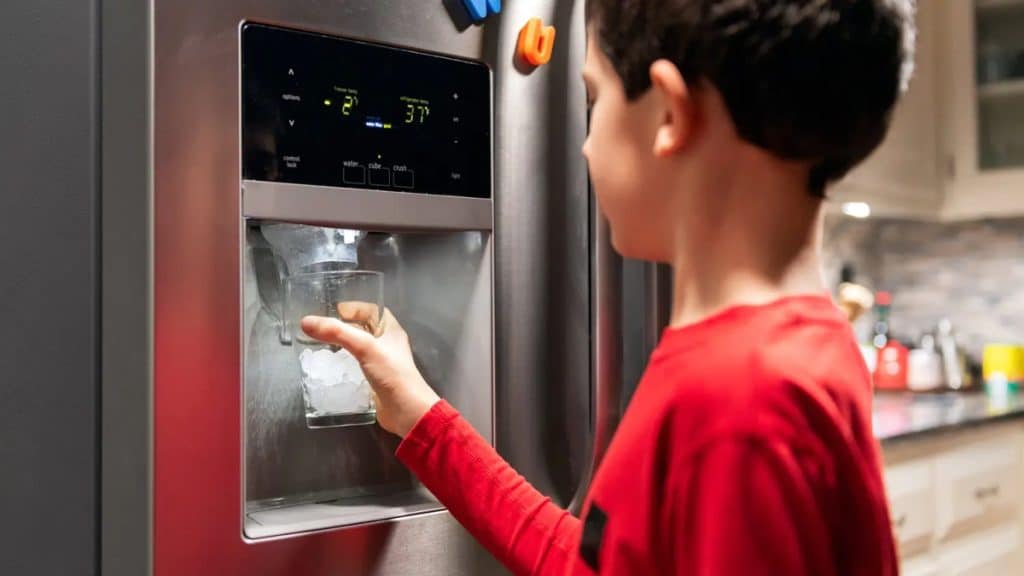Ice makers are convenient and efficient appliances, but like any mechanical assembly, they can break down. Luckily, a repair technician isn’t always required to fix these devices. In many cases, a simple inspection will reveal the cause of your problem.
Thermostat
The thermostat is an electronic component that controls a motor and other mechanical parts that make up the ice maker, which you can find at samsungparts.com. A problem with the thermostat could mean it won’t allow you to program your desired temperature settings.
You can also use a canned air sprayer or soft artist brush to clean out any debris or corrosion that might be blocking wires from making contact. If this doesn’t work, check for a blown fuse or a tripped circuit breaker in the electrical panel.
Water Inlet Valve
Ice makers need a pressurized water supply to function. The water valve in your refrigerator, which resides behind or underneath your refrigerator, opens and closes to send water into the ice maker tray. The ejector arm or flex tray kicks the water into the bucket of ice cubes.
If you notice your ice machine has stopped making ice or if the ejector’s arm is in the up position, it could mean that the water valve isn’t opening or closing properly. A simple test with a volt meter should tell you whether or not there is electricity to the ice valve solenoid.
If the ice inlet valve solenoid has power but doesn’t open, a bad tap valve at the water shut-off or a kink in the copper line may be to blame. Replace these parts to restore ice production.
Dispenser Motor
Many ice makers are built into freezers, so it’s possible for the line that supplies water to them to freeze over. A frozen line prevents new ice from being made, which can lead to problems with the auger motor that stirs and disperses the cubes.
It’s possible to defrost the ice maker’s auger motor, but it’s typically best left to professionals who have experience working with refrigerator repair. They can safely and effectively remove the frozen line without damaging other internal components.
If the control arm on the ice maker is in the up position, it will stop production and dispense any ice that’s already been formed. This is a fairly common problem and a simple fix: move the control arm to the down position.
Evaporator Fan
Like any mechanical assembly, ice makers sometimes need to perform better. This is especially true for refrigerator-freezers, where many components circulate while altering temperatures.
A frozen water line or a dirty water filter can interfere with making and dispensing ice. A malfunctioning ice mold, cutter grid, or water distribution tube can also stop your ice maker from producing or dispensing ice.
The fan motor forces warm air across the evaporator coils, which causes the refrigerant to boil and turn to ice. The evaporator fan must be working properly to ensure that your freezer maintains its low temperature. A simple multimeter test of the dual-terminal fan motor can quickly identify a defective component.
Condenser Fan
The control arm, which rests on the side or top of the ice bin, gauges ice levels and pauses ice production when it’s full. If the control arm comes loose, breaks, or is accidentally pushed into the off position, ice production could be halted.
The condenser fan, which helps to disperse heat absorbed by the refrigerator’s coils and compressor, can sometimes become clogged or dirty, reducing its efficiency and making it difficult to run.
Checking the dual-run capacitor on the fan motor is another simple step that can be done at home. If it is leaking, bulging, or displaying any other signs of damage, replace it. Similarly, you can test the fan motor’s run winding with a multimeter to see if it is open.
